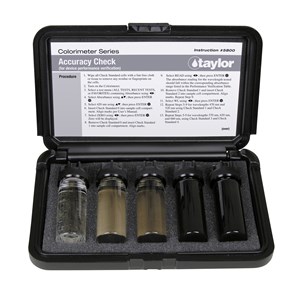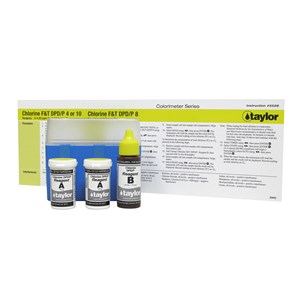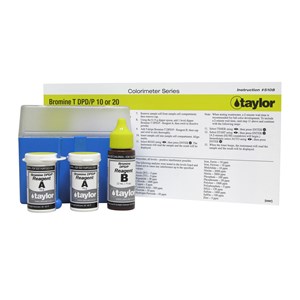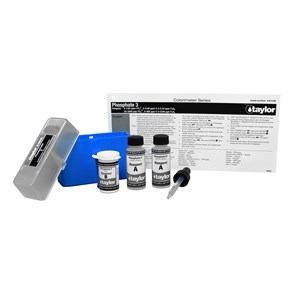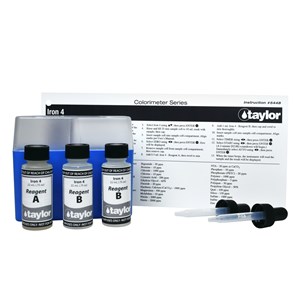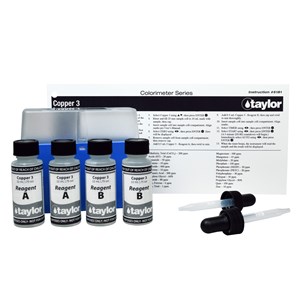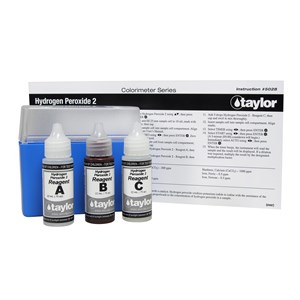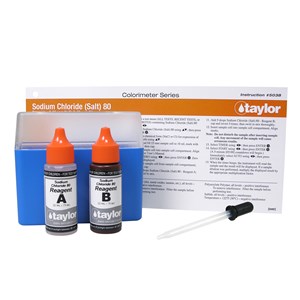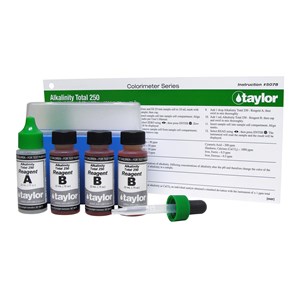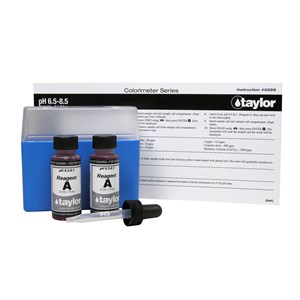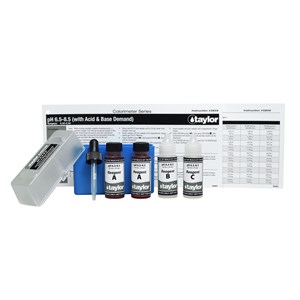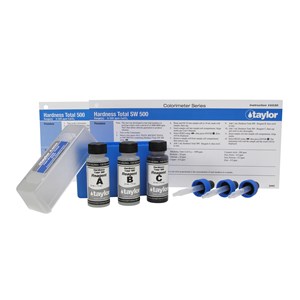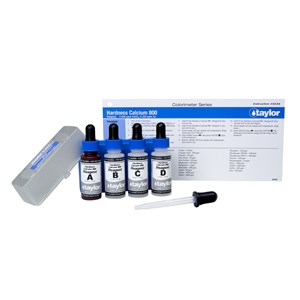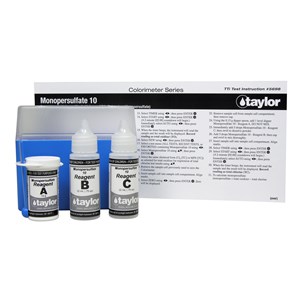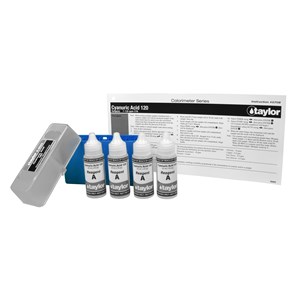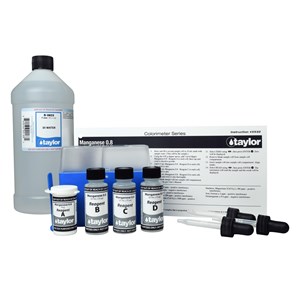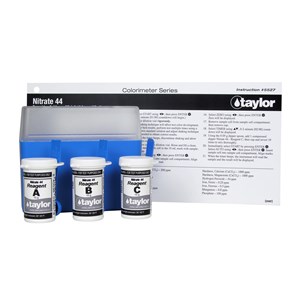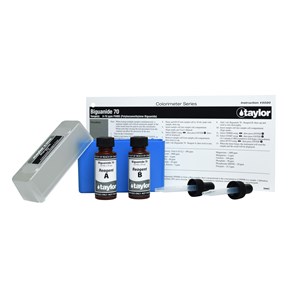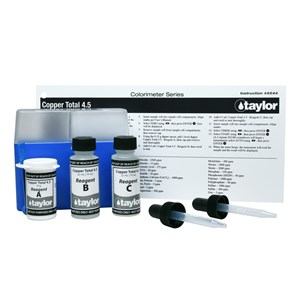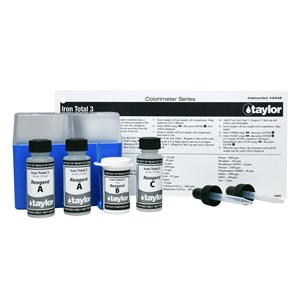M-2000
Colorimeter, TTi 2000
- UPC Barcode:
- 840036030042
$2,293.18
Description of Tests
| Analyte | System | Method/Chemistry | Standard/Equivalance or Description | Comparator | Cell |
|---|---|---|---|---|---|
| Alkalinity, Total | Electronic meter | Bromocresol green | 0-250 ppm total alkalinity as CaCO₃ | NA | 9601 |
| Bromine, Total | Electronic meter | DPD | 0-10.00 or 0-20.0 ppm bromine (Br₂) | NA | 9601 |
| Chlorine, Bleach | Electronic meter | Direct Read | 0-15% available chlorine (Cl₂) | NA | 9601 |
| Chlorine, Free & Total | Electronic meter | DPD | 0-8.0 ppm chlorine (Cl₂) | NA | 9602 |
| Chlorine, Free & Total | Electronic meter | DPD | 0-4.00 or 0-10.0 ppm chlorine (Cl₂) | NA | 9601 |
| Copper | Electronic meter | Cuprizone | 0-3.00 ppm Cu | NA | 9601 |
| Cyanuric Acid | Electronic meter | Turbidimetric (Absorptometric) | 7-120 ppm CYA; by dilution: 35-600 ppm CYA | NA | 9601 |
| Hardness Calcium 800 | Electronic meter | Alizarin red | 0-800 ppm calcium hardness as CaCO₃ | NA | 9601 |
| Hardness, Total | Electronic meter | Calmagite | 0-500 ppm total hardness as CaCO₃ | NA | 9601 |
| Hydrogen Peroxide (Biguanide Shock) | Electronic meter | Iodide catalytic oxidation | 0-2.00 ppm H₂O₂; By dilution: 2-20, 20-100, or 100-125 ppm H₂O₂ | NA | 9601 |
| Iron | Electronic meter | Tripyridyl-s-triazine | 0-4.00 ppm Fe | NA | 9601 |
| Manganese 0.8 | Electronic meter | PAN (1-(2-Pyridylazo)-2-napthol) | 0-0.80 ppm Mn | N/A | 9601 |
| Monopersulfate (Oxidizing Shock) | Electronic meter | DPD | 0-10.0 ppm chlorine (Cl₂) | NA | 9601 |
| Nitrate 44 | Electronic meter | Zinc Reduction/Chromotropic Acid | 0-44 ppm NO₃ˉ; 0-10.0 ppm NO₃ˉN | NA | 9601 |
| Other | Other | Colorimetric absorption analysis: TTi Colorimeter Series | Five secondary absorbance standards to verify instrument performance at all wavelengths, instruction, case | ||
| Other | Electronic meter | Colorimetric absorption analysis: TTi 2000 Colorimeter | Colorimeter preprogrammed for operators, service professionals, and others who want to assure that water in pools and spas is chemically balanced and safe for bathers. Will accommodate an additional 8 user-developed tests. Contains two 15 mm sample cells, two 25 mm sample cells, one 50 mL dilution vial, one foam brush, four batteries, one AC power adapter, one USB cable, PC App, lifetime free access to new tests for TTi 2000, Quick-Start Guide. Purchase colorimeter reagent packs separately and carrying case separately. | NA | NA |
| pH | Electronic meter | Phenol red | 6.50-8.50 | NA | 9601 |
| pH w/ acid/base demand | Electronic meter | Phenol red | 6.50-8.50 | NA | 9601 |
| Phosphate | Electronic meter | Molybdenum blue | 0-3.00 ppm (20-3000 ppb) PO₄³ˉ | NA | 9601 |
| Sodium Chloride (Salt) | Electronic meter | Turbidimetric (Absorptometric) | 0-80 ppm NaCl; By dilution: 75-150, 150-500, 500-2000, or 2000-8000 ppm NaCl | NA | 9601 |
Potential Interferences
Shelf Life Concerns
REAGENT SHELF LIFE
All reagents have a shelf life, whether they are liquids, powders, crystals, tablets, or test-strip pads. If kept dry, powders and crystals are very stable; acids are also long lived. Date of manufacture is not the controlling factor when it comes to shelf life—storage conditions are more important. As with all perishables, reagents are sensitive to environmental influences and will last longer under controlled conditions.
To this end, we recommend:
- Storing reagents at a consistent temperature in the range if 36°–85°F (2°–29°C); extreme temperature fluctuation, say from a refrigerator to a hot car trunk, causes reagents to deteriorate.
- Keeping them out of prolonged direct sunlight. (Note: their brown plastic bottles help protect very light-sensitive reagents.)
- Segregating reagents from containers of treatment chemicals.
- Replacing caps immediately and tightening them carefully so that exposure to air and humidity is limited.
- Avoiding switching bottle caps, placing bottle caps on soiled surfaces, repouring reagents into contaminated containers, or touching test strip pads.
Taylor formulates its reagents to remain effective for at least one year, with only very few exceptions (molybdenum indicator in liquid form is one; after four months old it should be tested against a standard periodically). As a general precaution, replace all reagents more than one year old, or at the beginning of a new testing season.
Suggested Items
Accessories
Kit Video K-2005
Warnings
Reagent packs
- Item Total: 20
- Item Total: 20

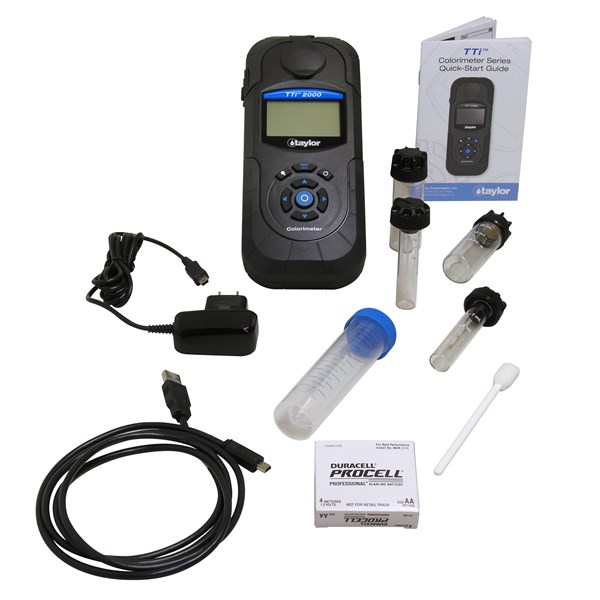
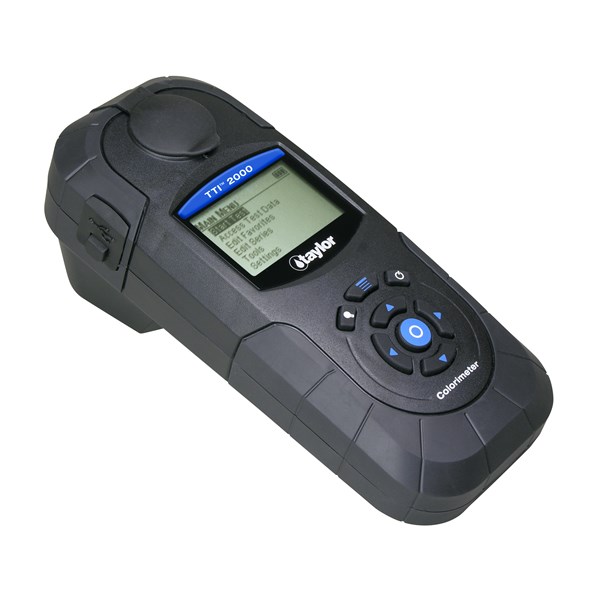
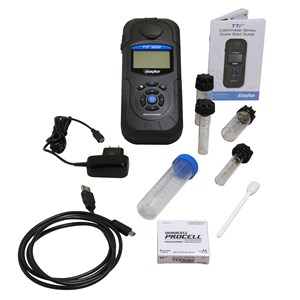
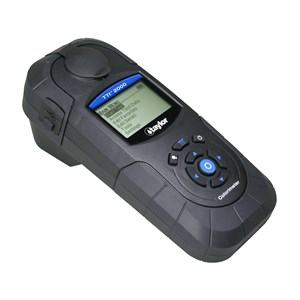
 5543
5543
